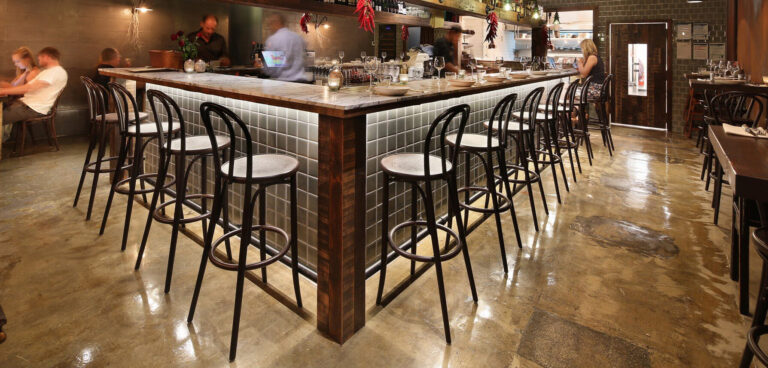Understanding the Different Types of Restaurant Bar Stools
Before purchasing restaurant bar stools, it’s important to understand the different types available and how they impact customer experience. Traditional bar stools come in backless designs, which save space and are easy to move, making them ideal for fast-paced environments. On the other hand, stools with backs provide more comfort and support, encouraging guests to stay longer. Adjustable-height stools are versatile, fitting various counter heights and customer preferences. Swivel stools add convenience, allowing guests to turn easily while socializing. For outdoor areas, weather-resistant stools are a must to withstand sun and rain. Choosing the right type depends on your restaurant’s layout, theme, and customer needs. By carefully analyzing these options, restaurant owners can select stools that enhance comfort, improve functionality, and create a welcoming dining environment. Ultimately, understanding stool types is the first step toward making a smart investment.
Key Features to Look for in Restaurant Bar Stools
When evaluating restaurant bar stools, several features determine their practicality and longevity. Comfort should be a top priority, with padded seats, backrests, and footrests contributing to a better guest experience. Stability is equally important—stools should have sturdy frames and non-slip bases to prevent wobbling or accidents. Material choice also plays a big role: metal offers durability, wood brings classic elegance, and upholstered options provide comfort and style. Height compatibility with counters or bar tables ensures guests can sit comfortably without strain. Swivel functions and stackable designs can also add convenience in busy dining areas. Finally, consider the ease of cleaning—restaurants experience spills daily, so stools with stain-resistant fabrics or smooth surfaces are more practical. By focusing on these features, restaurant owners can choose bar stools that deliver both durability and comfort, improving customer satisfaction and overall efficiency.
How to Match Restaurant Bar Stools with Your Interior Design
Restaurant bar stools are not only functional but also play a key role in defining the ambiance of your space. Choosing stools that complement your restaurant’s interior design helps create a cohesive and inviting atmosphere. For modern or minimalist settings, sleek stools with metal frames and leather upholstery work well, while rustic interiors benefit from wooden stools with natural finishes. Industrial-style venues often prefer metal stools with exposed frames, while luxury restaurants lean toward upholstered stools with elegant detailing. Color coordination is another factor—neutral shades like black, brown, or gray blend easily, while bold colors can make a design statement. The design of restaurant bar stools should also align with the comfort level expected by your target customers. By carefully matching style with function, restaurant owners can elevate their brand image and enhance the dining experience for every guest.
Budgeting Smartly for Quality Restaurant Bar Stools
Budgeting is an essential part of selecting restaurant bar stools, as owners must balance affordability with long-term value. While cheaper stools may seem appealing initially, they often wear out quickly, leading to frequent replacements and higher costs over time. Investing in quality stools made from durable materials ensures longevity and reduces maintenance expenses. It’s wise to allocate budget based on restaurant needs—for example, high-end restaurants may prioritize premium upholstered stools for style, while casual diners might prefer durable metal or wooden stools. Buying in bulk often reduces costs, but quality should never be compromised. Additionally, consider warranties and supplier reputation, as these factors guarantee reliability. A well-planned budget not only secures durable stools but also supports a professional, comfortable dining environment. Smart spending on quality bar stools ultimately pays off by boosting customer satisfaction and strengthening your restaurant’s brand image.
Conclusion
Selecting the right restaurant bar stools involves more than just choosing seating—it’s about enhancing both functionality and style in your dining space. By understanding different stool types, restaurant owners can select options that align with their layout and customer needs. Evaluating key features such as comfort, stability, and durability ensures guests enjoy a safe and pleasant dining experience. Matching stools with interior design strengthens the overall atmosphere, making the restaurant more appealing and memorable. Budgeting wisely further ensures that owners invest in stools that last, reducing replacement costs and providing long-term value. Restaurant bar stools play a significant role in shaping the dining experience and reflecting brand identity. By carefully balancing comfort, quality, style, and cost, restaurant owners can make smart choices that elevate their space and keep customers returning for both the food and the welcoming environment.
